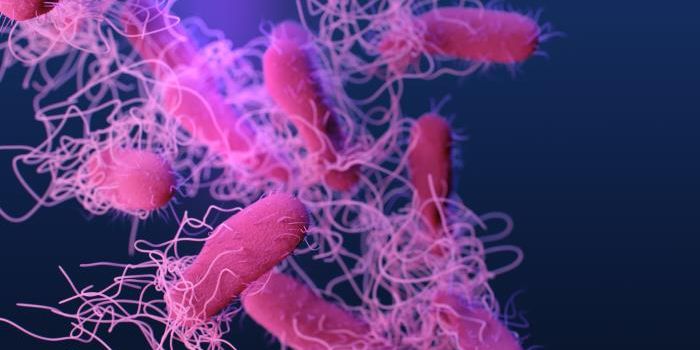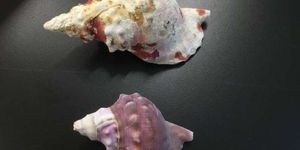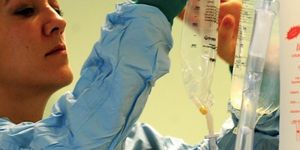Revealing Fat's Role in Diabetes Development
New research may change how we look at type 2 diabetes, an acquired disease. It suggests that fat may be a major cause of the disorder, which broadens the view of diabetes as a disease of the pancreas and liver. The findings have been reported in Cell Metabolism.
While a protein called protein kinase C epsilon (PKCε) has been known to play a role in the development of diabetes, most research into its function was focused on the liver or pancreas. When normal mice are fed a high-fat diet (HFD), they get diabetes; they become intolerant to glucose, so they cannot control blood sugar levels. The liver also becomes resistant to the effects of insulin. However, mice engineered to lack PKCε don’t become diabetic under HFD conditions.
"We have known for some time that if you remove PKCε entirely from mice and feed them a high-fat diet, they do not become glucose intolerant. In fact, they are protected from becoming diabetes-like," said the leader of the study, Associate Professor Carsten Schmitz-Peiffer of the Garvan Institute of Medical Research. The researcher decided to remove the gene in a more targeted way.
"The big surprise was that when we removed PKCε production specifically in the liver - the mice were not protected. For over a decade, it's been assumed that PKCε is acting directly in the liver - by that logic, these mice should have been protected against diabetes."
"We were so surprised by this, that we thought we had developed our mice incorrectly. We confirmed the removal and tested it in several different ways, but they still became glucose intolerant when given an HFD.”
If it wasn’t the liver, then it was time to find out where PKCε was exerting its effect. The researchers went to work answering that question.
"What we found is that if we removed PKCε production solely from fat tissue, the mice were protected from becoming glucose intolerant, similar to when we removed PKCε from the entire animal. So PKCε isn't progressing diabetes from the liver, but in fact, it is acting from fat tissue to worsen the disease," explained Schmitz-Peiffer.
The research indicated that PKCε has a previously unknown function in fat tissue. After studying fat tissue that had been generated with or without PKCε present, the investigators found striking changes in the shape and the size of the fat cells.
"Under the microscope, the fat cells looked very different," said Schmitz-Peiffer. "In HFD-fed mice with PKCε removed from the fat tissue, we saw mostly small, healthy fat cells. And in HFD-fed mice with PKCε intact - which are glucose intolerant - we saw more of the unhealthy, engorged fat cells, that tend to have less access to oxygen and become inflamed."
"We know that fat tissue is a lot more than just an inert mass for storing fat. It’s a very dynamic organ, it sends many messages and releases factors that communicate with the rest of the body, including the liver,” Schmitz-Peiffer explained.
Schmitz-Peiffer has been waking on diabetes research for a long time and thinks that this research will have a significant impact on the field. Learn more about type 2 diabetes from the video.
“Ten years ago, we showed that removing PKCε entirely protected mice against glucose intolerance. We just never knew where PKCε was acting. But we knew we might be onto something therapeutically important, if we could find a way to block PKCε.”
The research continues; Schmitz-Peiffer is working with Professor Ray Norton and Professor Jonathan Baell at the Fragment Based Drug Discovery Platform at the Monash Institute of Pharmaceutical Sciences to create an ingestible peptide that can interfere with PKCε activity.
"These results give us an even better idea about how to target PKCε to develop the most effective treatments possible. And therapeutically targeting PKCε would be a new possible approach for diabetes treatment."
Sources: AAAS/Eurekalert! via Garvan Institute of Medical Research, Cell Metabolism









